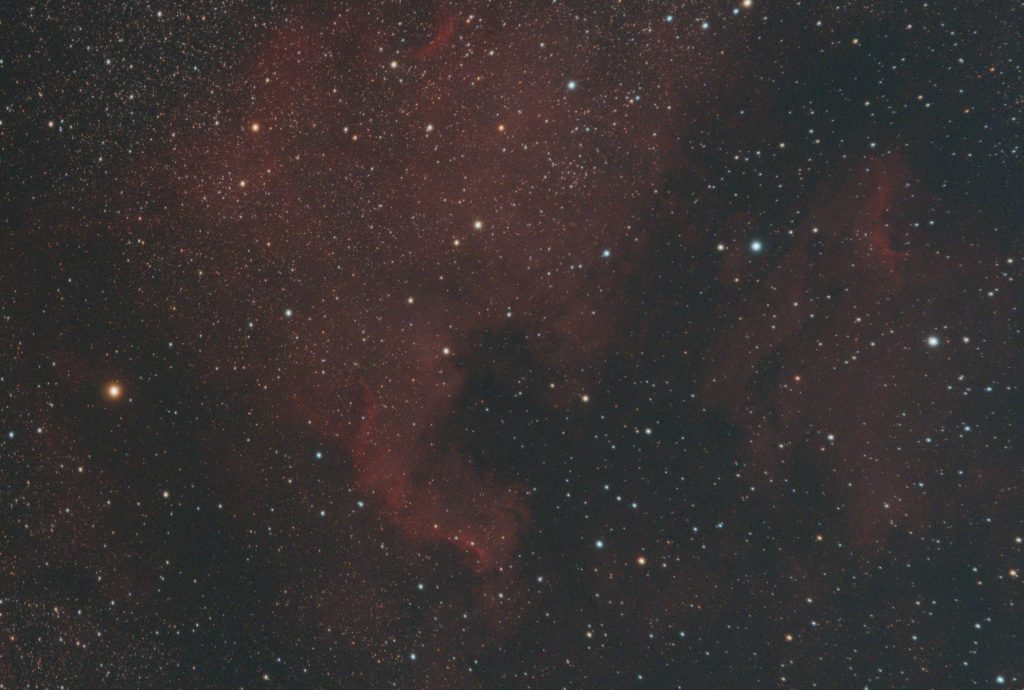Formats
- 1.25″ Mounted
- 2″ Mounted (48mm thread)
- M77 Mounted
- Canon EOS APS-C Clip-in
- Canon EOS Full Frame Clip-in
- Nikon Full Frame Clip-in
- Sony Full Frame Clip-in
Spectral Transmission

Physical Characteristics of 2″ filter
- Filter mount thickness: above threads: 5mm; including threads: 6.78mm
- 48mm threads
- Minimal knurling only on top
- Highly reflective interference filter
- Inner retaining ring does have notches for easy filter disassembly with a spanner
Real world tests

Open full-size image in new tab.

Open full-size image in new tab.

Open full-size image in new tab.

Open full-size image in new tab.

